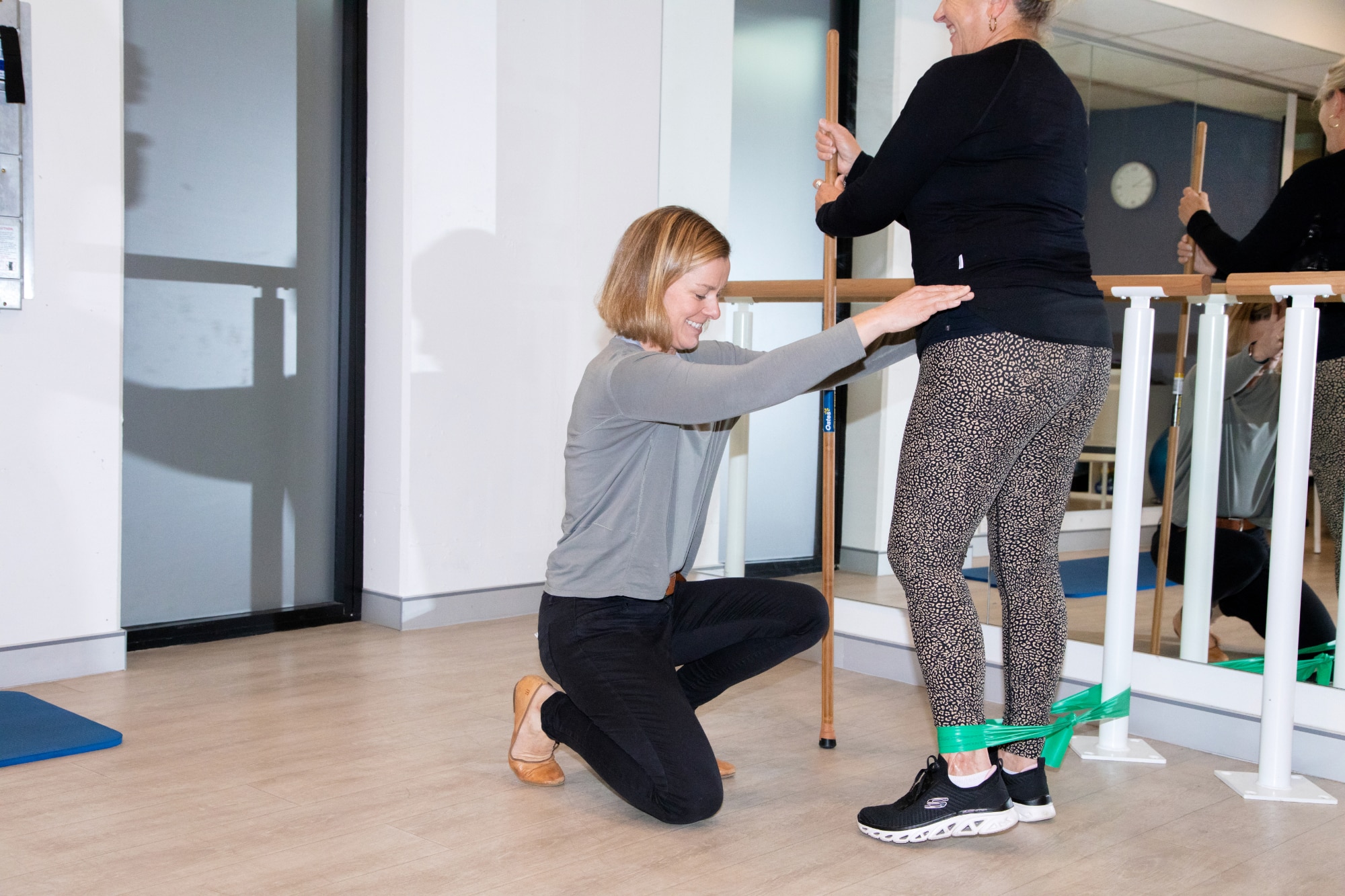We are open Monday to Saturday with extended hours
We are open Monday to Saturday with extended hours

IS THE MOST COMMON LIFE STYLE DISEASE AND EVEN MORE COMMON THAN HIGH BLOOD PRESSURE AND DIABETES. IT CAN OCCUR IN ANY JOINT OF THE BODY, BUT MOST OFTEN DEVELOPS IN THE WEIGHT BEARING JOINTS SUCH AS THE HIP AND KNEES.
Signs and symptoms
What is happening in the body?
What can you try at home to help?
How can physiotherapy help?
REMEMBER:
A diagnosis of OA is not a slippery slope to worsening pain and ultimate surgery. It is only 10% of patients that require surgery. Your physio will guide you safely through the progressions towards your functional goals, whatever they may be.
Be the first to know about news and insights.
"*" indicates required fields